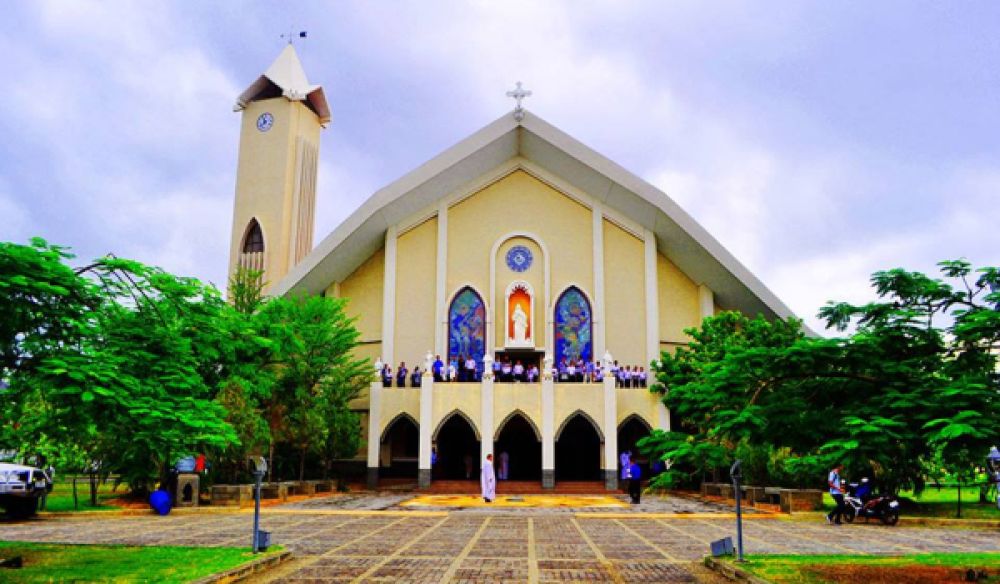

The Ainaro Cathedral, located in the charming town of Ainaro in Timor-Leste, stands as a lesser-known yet significant landmark in this small Southeast Asian country. Although Timor-Leste is one of the world's youngest nations, gaining its independence in 2002, the region's history is dense and complex, influencing its emergence as a tourist destination.
The Ainaro Cathedral, also known as the ‘Church of Ainaro’, is an integral part of the town’s identity. The Catholic Church has played a crucial role in the history of Timor-Leste, a country where Catholicism is the predominant religion. This was largely influenced by the Portuguese colonization which began in the 16th century. The cathedral itself is a symbol of this heritage. While the precise date of its founding is not well-documented, it is known that it has been a site of religious importance for the local community for generations.
Tourism in Timor-Leste is relatively new when compared to its Southeast Asian neighbors. The industry began to develop post-independence and faced many challenges, including lack of infrastructure and political stability. However, in recent years, there has been a concerted effort by the Timorese government to promote tourism as a means of economic development.
The country’s tourism offerings are diverse, ranging from stunning beaches and coral reefs to treks in the rugged mountains and historical tours. The Ainaro region, with its cool climate and rich history, contributes to this varied tourist landscape.
Ainaro Cathedral attracts visitors interested in history, culture, and religion. It represents the resilience of the Timorese people and their strong cultural identity. Tourists visiting the cathedral can also enjoy the scenic beauty of Ainaro, known for its mountainous backdrop and coffee plantations.
The latest tourism trend in Timor-Leste reflects a broader global shift towards eco-tourism and sustainable travel. Visitors are seeking authentic experiences that allow for a connection with local culture and nature. Ainaro, with its natural landscapes and cultural landmarks like the cathedral, is well-positioned to benefit from these trends. An emphasis on community-based tourism ensures that visitors to sites like the Ainaro Cathedral contribute positively to the local economy and the preservation of the area’s heritage.
To further develop tourism, there is a need for investment in infrastructure and services that cater to an international audience while respecting the integrity of local traditions. As the cathedral and the town of Ainaro grow in their appeal to tourists, maintaining a balance between welcoming visitors and preserving the sacredness of the cathedral will be paramount.
In conclusion, while still nascent, tourism in Ainaro and its cathedral holds promise, offering a window into the soul of Timor-Leste. Continued efforts to promote the area responsibly could see Ainaro Cathedral becoming a key contributor to the cultural and historical tourism sector of the country.